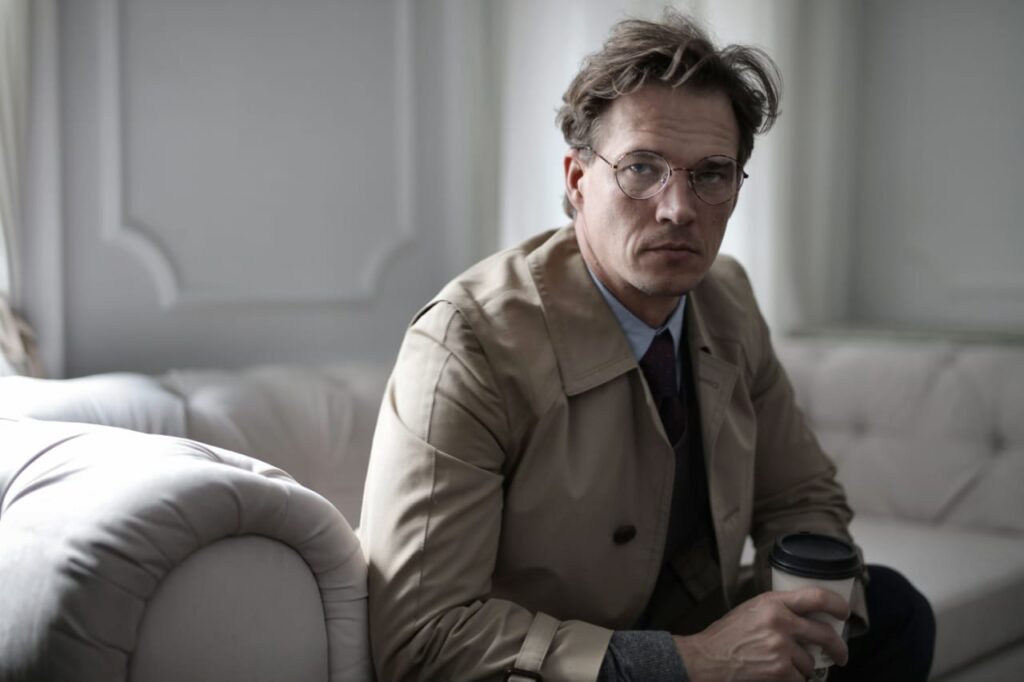An excellent movie theme has the power to echo in our minds long after the credits roll. From the suspenseful strings of Jaws to the enchanting score of Harry Potter, iconic music turns films into unforgettable experiences. In this article, music executive Benjy Rostrum delves into the art of crafting enduring cinematic scores that not only complement a movie but also leave a lasting cultural impact.
The Importance of a Strong Musical Identity
Film music does more than just underscore scenes—it adds emotional depth, sets the tone, and often becomes an integral part of the story. A well-crafted theme enhances storytelling, foreshadows plot twists, and helps audiences connect more deeply with characters. When Rostrum discusses what makes a movie theme resonate, he points out that it’s the emotional connection and sonic uniqueness that cement a piece in our memory.
Consider John Williams’ theme for Star Wars. It isn’t just background music; it’s an audible symbol of adventure and heroism. The music immediately signals to the audience what kind of story is unfolding, often before a single line of dialogue is spoken. That’s the level of impact a memorable movie theme can have.
The Role of Simplicity and Repetition
According to music psychologists and film composers alike, simplicity and repetition are central tools in creating a memorable score. These tools ensure the theme is both easy to recall and emotionally resonant. Themes like those in Titanic or The Godfather use simple, repeating melodies that gradually build and evolve.
Rostrum emphasizes that the strongest themes aren’t necessarily complex compositions; they’re often built around a few compelling notes. This allows viewers to mentally “hum along,” creating a subconscious connection to the music. In neuroscience, this effect is known as a musical “earworm,” and it’s an intentional outcome in many blockbuster scores.
Matching Music to Emotion
Crafting the perfect theme also means aligning musical composition with the emotional tone of the film. Horror films rely on dissonance and minor keys to evoke fear, while romantic dramas often employ lush, sweeping strings. The goal is for the music to reflect and amplify what the characters—and by extension, the audience—are feeling.
Award-winning composers like Hans Zimmer and Alexandre Desplat excel in this area. Zimmer’s use of deep, booming brass in Inception communicates tension and urgency, while Desplat’s gentle piano motifs in The Shape of Water exude tenderness and vulnerability.
Benjy Rostrum notes that modern composers must be versatile and emotionally intuitive. They often spend weeks understanding a director’s vision, script nuances, and character arcs before even touching an instrument.
Collaborating with Directors and Editors
One of the most underrated aspects of composing a movie theme is the collaborative process. Music is rarely created in isolation—it’s the result of ongoing discussions between the composer, director, and editor. Timing, scene transitions, and emotional beats must all align.
Rostrum points out that successful collaboration often leads to scores that feel inseparable from the film. Think of the eerie silence that precedes a jump-scare in a horror film, followed by a crescendo of strings. These moments are carefully constructed during post-production with input from various creative minds.
The Impact of Technology
Modern composers benefit from powerful digital tools that allow them to experiment more freely with sound. Digital audio workstations (DAWs), virtual instruments, and MIDI controllers have democratized the scoring process, allowing even independent filmmakers to access professional-quality music.
Benjy encourages up-and-coming composers to embrace these technologies while continuing to learn traditional orchestration. Software like Logic Pro, Pro Tools, and Cubase has become standard in the industry, enabling creators to fine-tune every note, tempo shift, and modulation with precision.
Additionally, sample libraries from companies like Spitfire Audio and EastWest provide composers with access to lifelike orchestral sounds, eliminating the need for a full studio orchestra. This advancement has revolutionized the film scoring industry.
Cultural and Historical Influence
Another critical factor in memorable movie themes is the integration of cultural or historical musical elements. Directors and composers often draw inspiration from a specific time period or cultural style to lend authenticity and depth to a film.
For instance, Ludwig Göransson’s Oscar-winning score for Black Panther incorporated traditional African instruments, such as the talking drum and the fula flute, grounding the film in its cultural roots while delivering a fresh and exciting soundtrack.
Rostrum believes this global approach to music creation not only broadens a film’s appeal but also deepens its emotional and narrative layers. It’s about telling a story through sound as much as through visuals.
Education and Mentorship
One of the passions Rostrum has shared publicly is his advocacy for mental health and creative mentorship in the entertainment industry. As part of his efforts, he emphasizes the importance of education and hands-on experience in shaping the next generation of composers and producers.
Through mentorship, young creatives can learn how to pair emotion with music, understand the technical demands of scoring, and gain insight into industry dynamics that aren’t covered in traditional classrooms. Rostrum believes that sharing knowledge and supporting mental well-being are essential to producing authentic and lasting music.
Conclusion
Creating a memorable movie theme isn’t just about composing beautiful music—it’s about emotional resonance, technical precision, and creative synergy. From simplicity and collaboration to technology and cultural awareness, the tools of the trade are more diverse and accessible than ever. As Benjy Rostrum continues to inspire through his work and insights, the future of film music looks more prosperous, more inclusive, and undeniably unforgettable.





